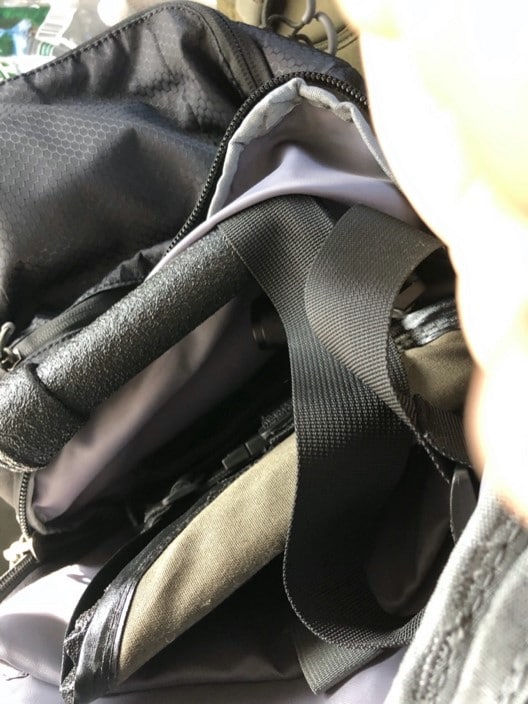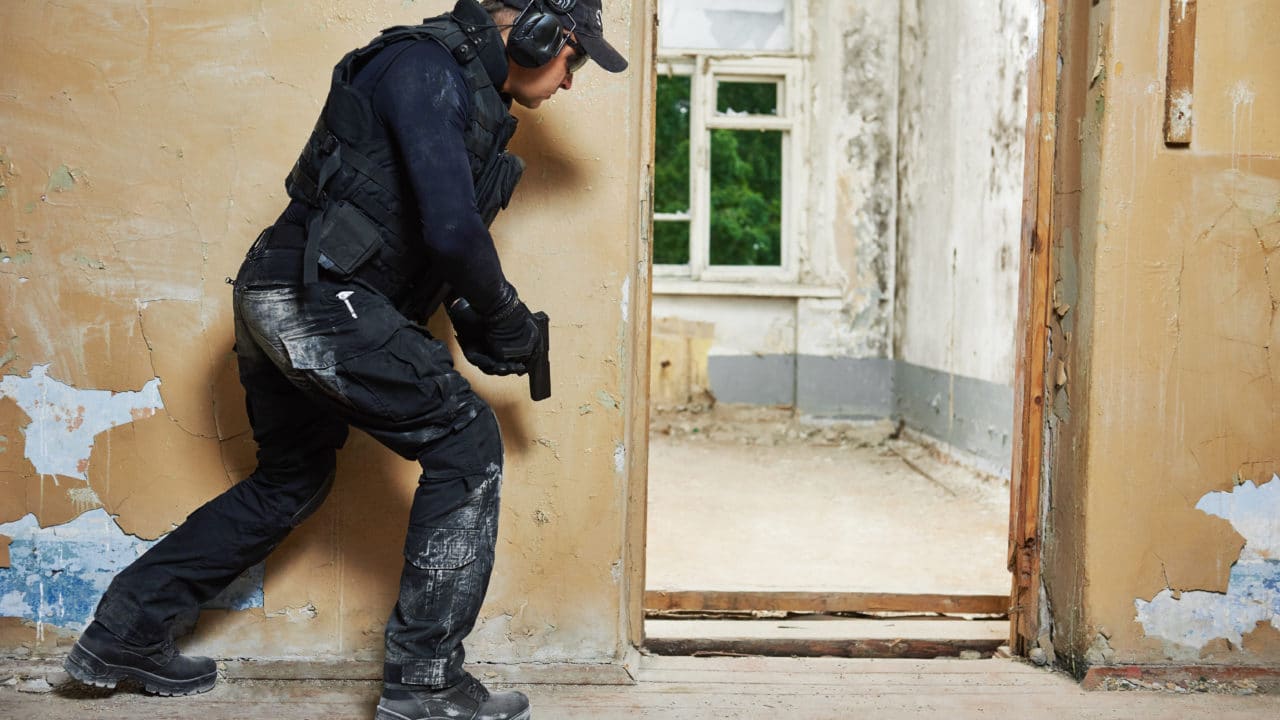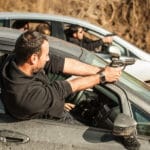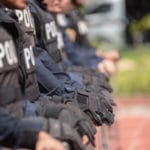This is the second part of a 2-part series. Read Part 1 here
_______________
The Army and various other combat units have a formula when it comes to fighting. Speed, Surprise, and Violence of Action. These same three philosophies are used in the Law Enforcement community, specifically in specialty units such as SWAT, Narcotics, Gangs, and various others. Now let’s take a simple operation as an example, specifically, a motor vehicle takedown to arrest a violent felon, wanted for Murder. This operation, in essence, is an ambush. Those three parts of the equation MUST be met. If you lose any one of them, you’ve lost the initiative and the whole operation turns to shit. I have seen this occur time and time again, where the initiative was lost due to two things: lack of communication, or poor planning.

Now let’s take those 3 parts of the equation and add them in an ambush against a police officer. An officer gets a call to go to a local motel for a wanted murder suspect hiding out there. Several officers arrive on scene and set up to make entry to apprehend the suspect. They enter, the first officer through the door sees the suspect run into a bedroom and gives chase. The officer is shot by the suspect and gets hit in the chest and falls behind cover. The officer immediately gets up, returns fire, and gets into a shootout with the suspect and the suspect is killed.
Watch the video of this police encounter.
Now I believe for an officer, or anyone for that matter, to fight through an ambush, they need 4 parts to the equation. Speed, Surprise, Violence of Action, and Resolve. Resolve, Resolve, Resolve! It is paramount in the equation. An officer has to have resolve in them. They must have the will to fight. The fight in them needs to be bigger than the threat they face. That hybrid wolf needs to come out and take charge. That part of the human mind, the primal, savage, warrior mindset is needed to fight through an ambush. When I go into work, prepare for an operation, put my kit on, load my rifle and handgun, my mind is in the game. I greet the grim reaper with a smile and hit my objective. The warrior mindset, the resolve, and being battle-tested helps me with the 4 parts to defeating an ambush.
There is a piece of equipment out there in law enforcement that would give them an edge. It is a defensive tool to be used for a multitude of situations. Here is a quick list, de-escalating by cordoning off a person in crisis, high-risk room entries, motor vehicle takedowns, peeking up attics, porting windows, breaking interior doors, and a whole variety of other tactics this shield can be used. The company that makes these is Vector Law Enforcement Shields. They are a level III NIJ rated multi-hit shield. Which means it stops most rifle, pistol, and shotgun rounds. It’s small but that makes it useful for all kinds of operations to include sitting in that most vulnerable position.
Sitting in a cruiser.


When I first saw the shield, my first thought was “what the fuck? Then after talking with the owner, Robert Scali, a retired Special Forces medic, I understood his philosophy regarding the shield. It is for quick and rapid deployment when a regular shield is unavailable. Like if an officer is being engaged while sitting in their cruiser.



I have personally deployed this shield numerous times on different operations and I found it served me well. It’s especially effective on surveillance missions, where I am sitting static in a not-so-good neighborhood. Typically, I am not wearing any sort of body armor. I have the shield next to me, ready to deploy. This tool gives me an edge, should I come under fire. I can at least protect myself. Remember the formula, Speed, Surprise, Violence of Action, and Resolve. The surprise is the shield, it’s an unexpected added tool that I have at my disposal. A quick example, while working in an undercover capacity, I placed the shield in my backpack.

I felt that much better knowing that if I get ambushed, I have the option to deploy this shield. I’m of the mind, with new tools, come new tactics. These new tactics should be counter-ambush techniques. This is not about the militarization of police, this is about how can we get officers to better serve their communities by giving them the right equipment, training, and a type of mindset that will make them that much more effective.
_________________________
This first appeared in The Havok Journal on October 7, 2020.
Ayman Kafel is the founder and owner of Hybrid Wolf Blue Line Strategies, LLC. A veteran-owned training and consulting company for Law Enforcement officers and agencies. He combines his military and law enforcement experience to bring much-needed cutting-edge training to the law enforcement profession.
Ayman is not only an active police officer but also a law enforcement instructor and has taught across the East Coast of the United States. He offers a wide variety of training, such as advanced patrol tactics, mechanical breaching courses, designated marksman, and Human Performance under duress.
In addition, Ayman is an Army Combat Veteran who was deployed during Operation Iraqi Freedom in 2005. He became a police officer in 2007 after 8 years of service in the Army
Ayman has seen the ugliness of war and evil in the world. He survived two civil wars prior to immigrating to the United States in the late eighties.
His current position is the commander of his department’s Problem-Oriented Policing Unit. He leads a team of investigators that employs unconventional methods and Special Forces philosophy in achieving specific objectives in the communities he serves. These unconventional methods range from winning hearts and minds to specific strategic law enforcement actions to arrest and prosecute those who are the root cause of various crimes.
To reach Ayman, feel free to email him at hwbluelinestrategies@gmail.com
As the Voice of the Veteran Community, The Havok Journal seeks to publish a variety of perspectives on a number of sensitive subjects. Unless specifically noted otherwise, nothing we publish is an official point of view of The Havok Journal or any part of the U.S. government.
Buy Me A Coffee
The Havok Journal seeks to serve as a voice of the Veteran and First Responder communities through a focus on current affairs and articles of interest to the public in general, and the veteran community in particular. We strive to offer timely, current, and informative content, with the occasional piece focused on entertainment. We are continually expanding and striving to improve the readers’ experience.
© 2024 The Havok Journal
The Havok Journal welcomes re-posting of our original content as long as it is done in compliance with our Terms of Use.



